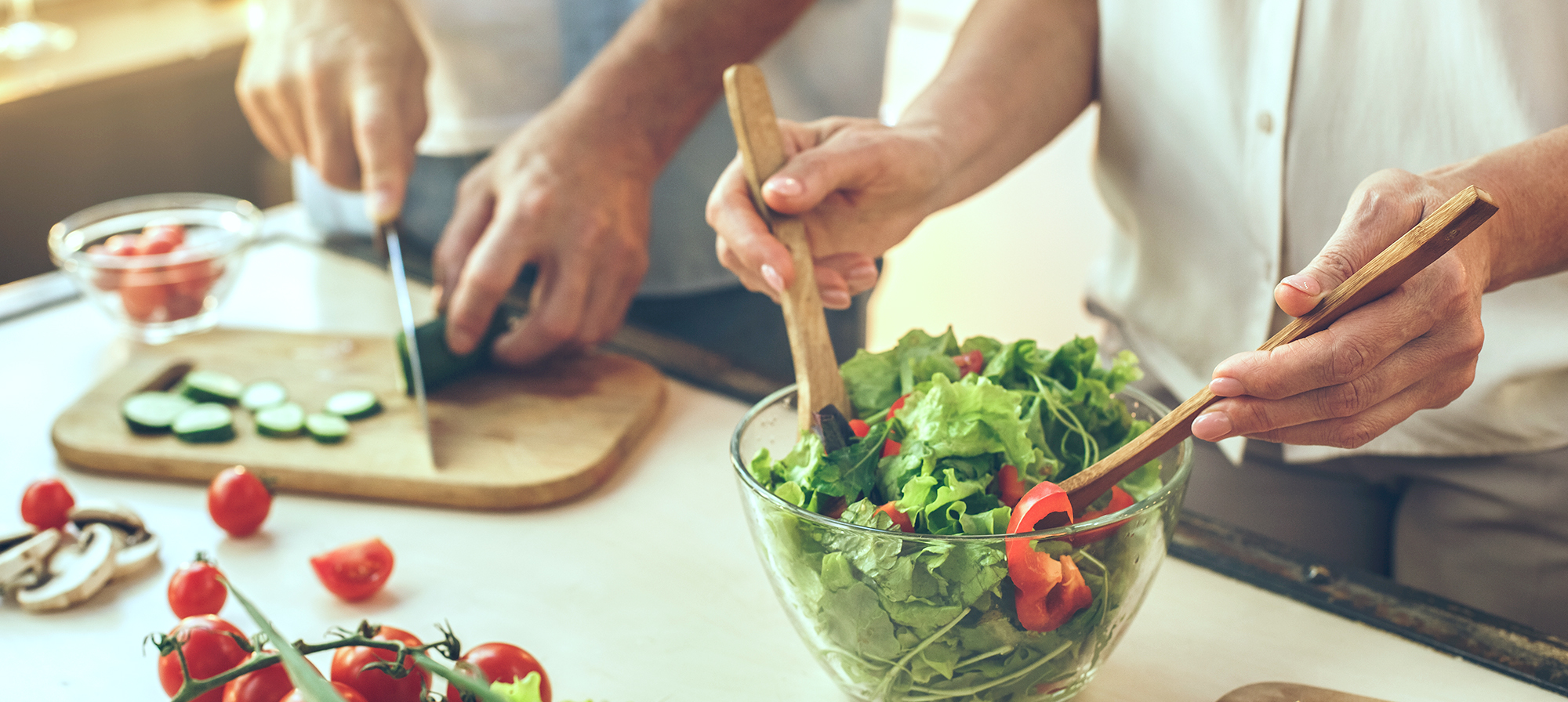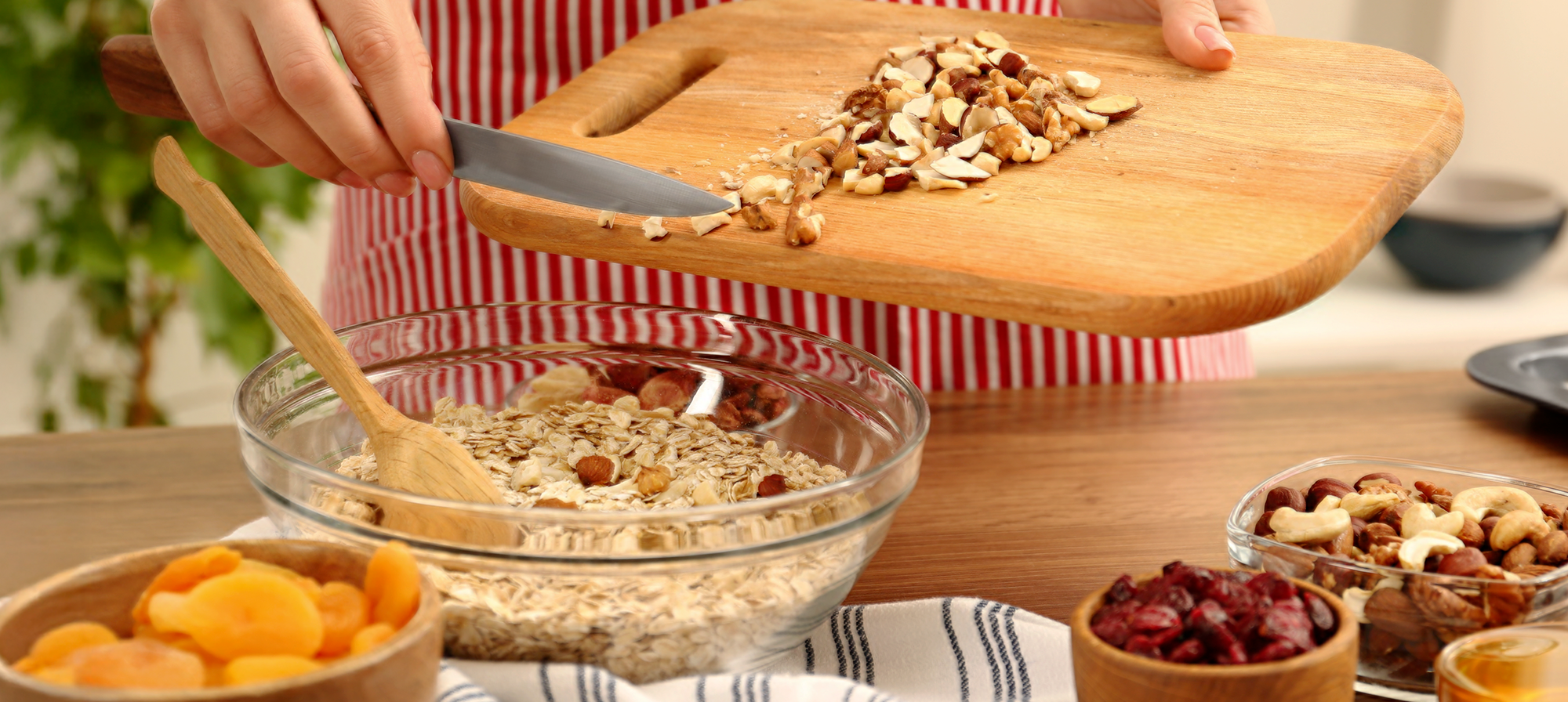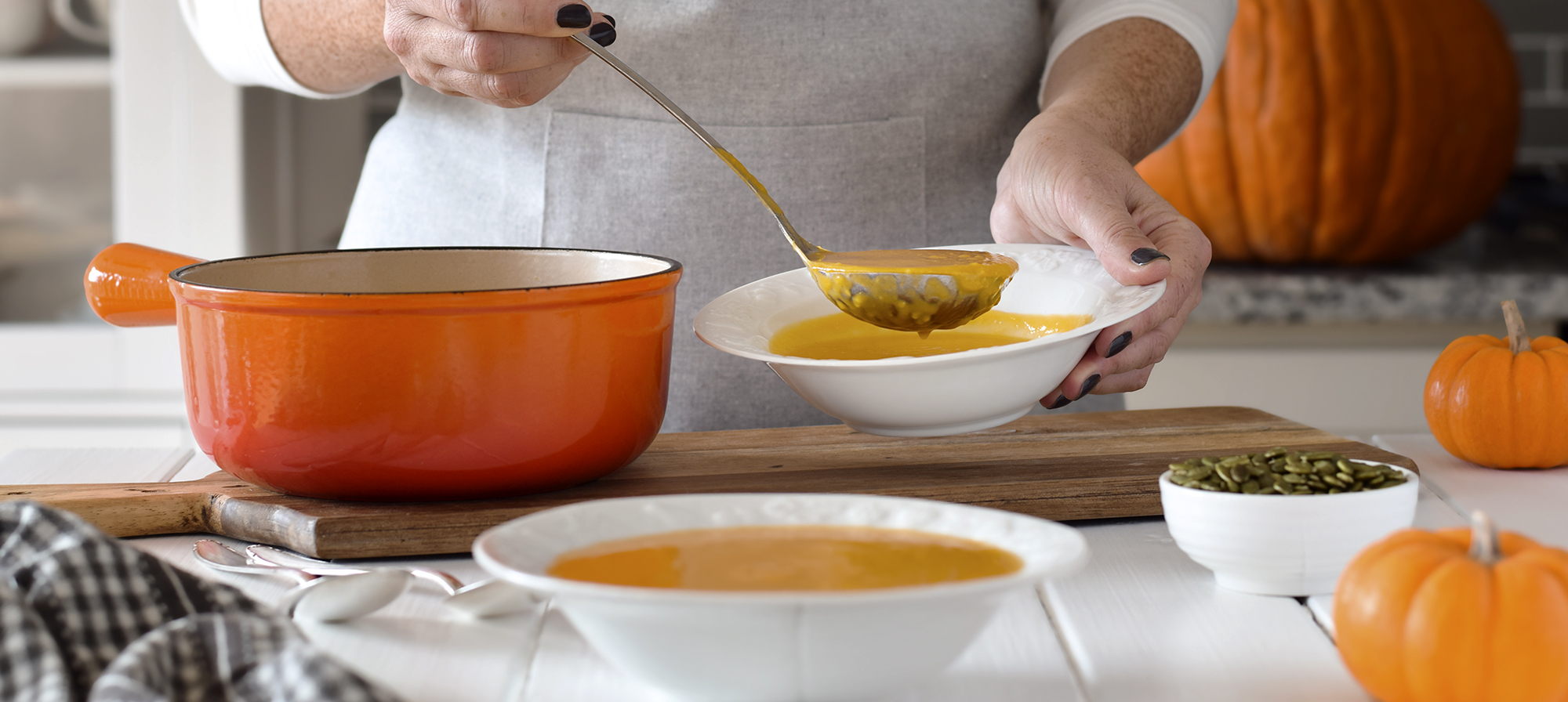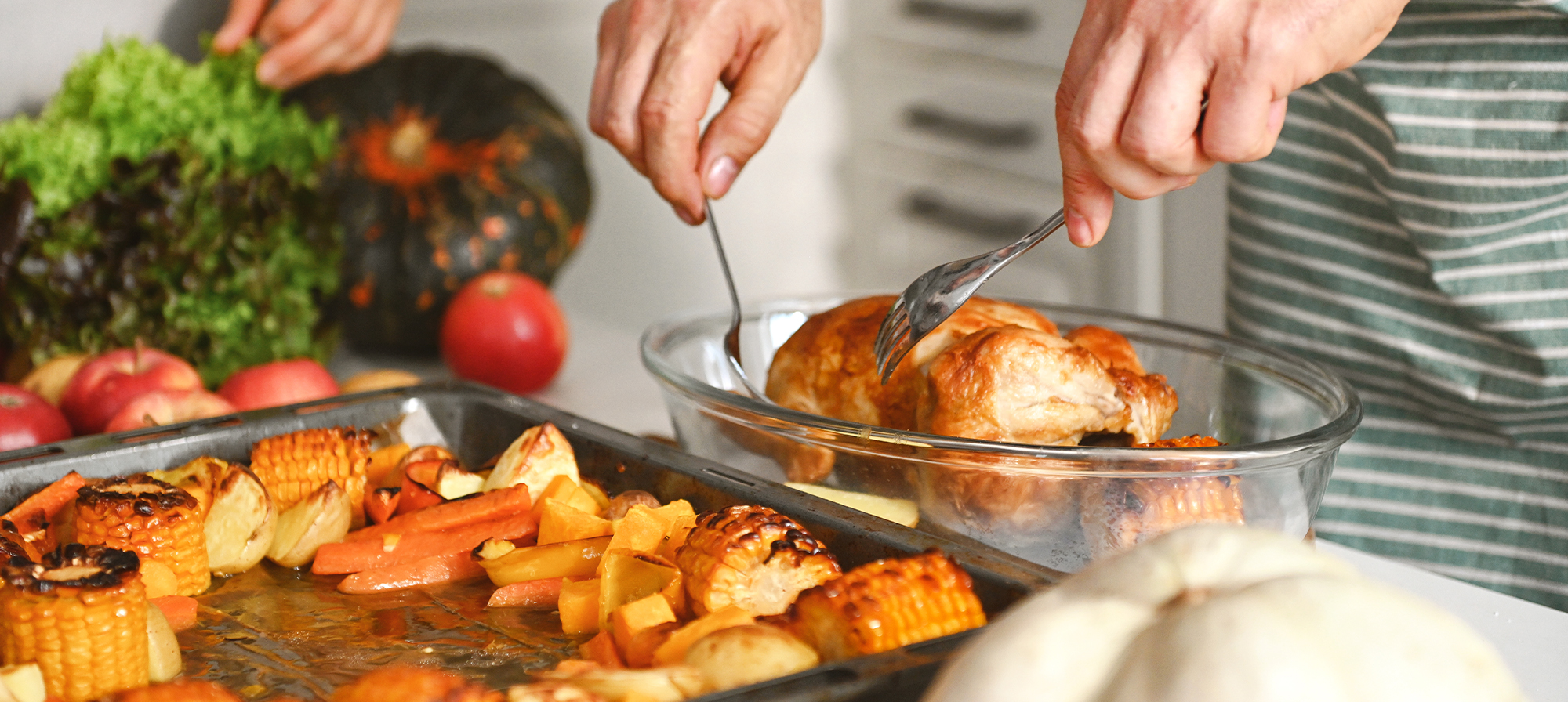If you live with chronic pain due to inflammation, an anti-inflammatory diet may bring you some relief. Eating certain foods and limiting others may help ease your inflammation and the pain that can come with it.
Inflammation is mainly a collection of symptoms: redness, swelling, heat, and pain or tenderness.
It can occur for many reasons, but it’s usually a response to injury or an infection. A sunburn or bug bite can trigger inflammation of the skin. A virus like the common cold can trigger inflammation in your chest, making it hard for you to breathe. A sprain or strain can result in inflammation of a joint or muscle. Other common causes of inflammation include arthritis, autoimmune diseases, and other chronic health conditions.
Inflammation can affect any part of your body—your skin, muscles, joints, and even internal organs. Once the inflammation response is triggered, the body increases blood flow to the area. This leads to symptoms like redness and swelling. It also causes pain.

In many cases, inflammation lasts briefly and then it subsides. You likely get over a cold or a sprained ankle within a few weeks. But in some cases, inflammation lasts for much longer. It might continue even after the injury is healed or the infection is gone, which is what might be happening in the case of autoimmune diseases. Or it might persist because there is no treatment that can fix the cause, as in the case of certain chronic health conditions, like arthritis.
Certain lifestyle habits can make inflammation, and the pain that often accompanies it, worse. These include habits like smoking, drinking too much alcohol, not getting enough sleep, and unmanaged chronic stress. But what may be less well known is that food choices can also have an influence on pain and inflammation.
The main components of an anti-inflammatory diet
Here is a closer look at the types of foods that can help lower inflammation. Many of these foods are also found in the popular Mediterranean diet.
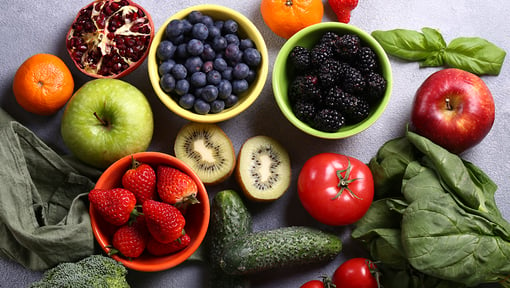
Fruits and vegetables
Fruits and vegetables are high in antioxidants, which are natural defenders of health. Antioxidants can lower your body’s need to trigger an inflammatory response.
Citrus fruits, such as oranges and grapefruit, are high in vitamin C. This vitamin has been shown to help prevent inflammation and help joints work well. And some vegetables are high in vitamin K, which research shows can lower inflammation. These include broccoli, spinach, lettuce, kale, and cabbage.
(Just keep in mind that grapefruit and grapefruit juice can interfere with how well certain medications work. Ask your doctor or pharmacist if grapefruit may affect any of the drugs you take.)
While many fruits and veggies are wonderful additions to your food plan, here’s one way to choose those that may be most helpful for joint or muscle pain: Go for color. In general, the darker the color, the more antioxidants the food contains. Blueberries, cherries, broccoli, and spinach are good examples of foods high in antioxidants.
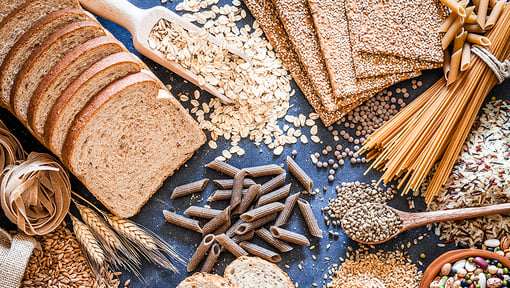
Whole grains
Whole grains are a great source of fiber, which studies show can lower blood levels of C-reactive protein (CRP), an inflammatory marker. Brown rice, oatmeal, whole grain pasta, and quinoa are whole grain foods. And for breads and cereals, look for those made with whole grain flour with little to no added sugar or other additives.
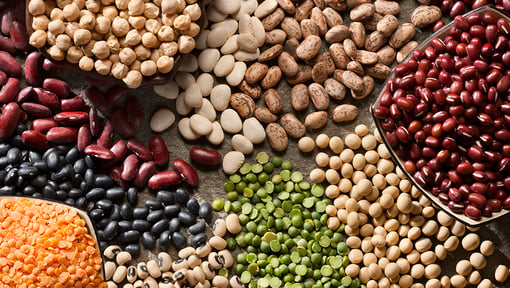
Beans and other legumes
All foods in the legume family are healthy choices. Legumes include beans, lentils, split peas, and peanuts. All are high in fiber, as well as vitamins and minerals. And they are all a great way to get the protein you need.
Beans, especially, are a big win as an anti-inflammatory food. They are high in fiber and antioxidants. According to the U.S. Department of Agriculture, 3 out of the 4 top-rated antioxidant foods are types of beans: small red beans, red kidney beans, and pinto beans.
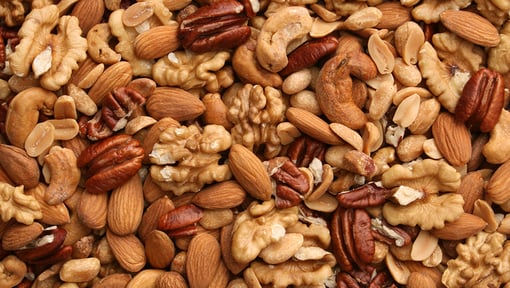
Nuts and seeds
Nuts are full of monounsaturated fat, a known inflammation fighter. One study found that, over a period of 15 years, those who ate the most nuts had a lower risk of suffering from an inflammatory condition.
Nuts and seeds are also packed with fiber and protein. And they provide vitamin B6. Inflammation has been shown to be higher in those lacking this vitamin. Some nuts and seeds, like walnuts and flaxseeds, are especially high in omega-3 fatty acids. Omega-3 is a known inflammation fighter.
(Nuts are high in calories, so unless you’re trying to gain weight, keep an eye on your portion sizes.)
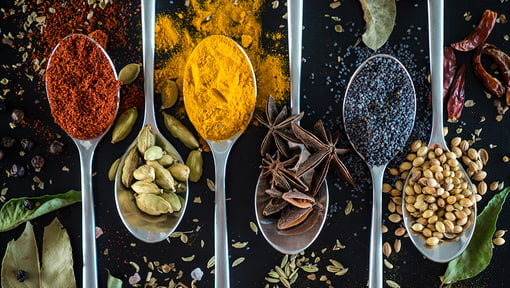
Herbs and spices
Herbs and spices are rich in vitamins, minerals, and phytonutrients. And all herbs and spices can help with inflammation. For example, rosemary and thyme both have rosmarinic acid, which has anti-inflammatory properties.
Herbs to add to baked dishes and salads include basil, dill, oregano, rosemary, sage, tarragon, parsley, and thyme. And be generous when you season with spices like cinnamon, garlic, turmeric, and black pepper.
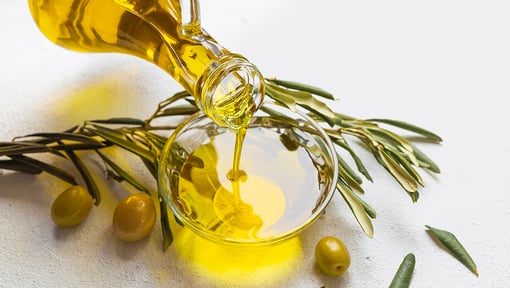
Olive oil
Olive oil not only has heart-healthy fats, but it also has an anti-inflammatory ingredient. Oleocanthal, a compound found in extra-virgin olive oil, works in the body in a way similar to anti-inflammatory drugs (NSAIDs) such as ibuprofen. Other healthy oils are avocado, safflower, and walnut, which is notably high in omega-3 oil.
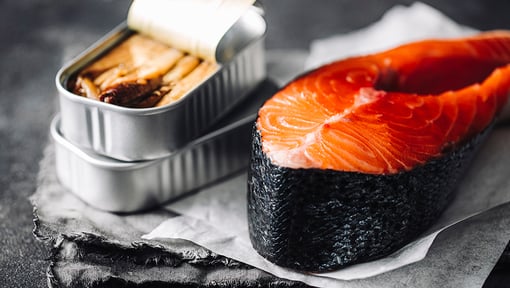
Fish
When it comes to fish, the best for fighting inflammation are those that abound in omega-3 fatty acids. Research shows that eating these fatty fish can lower 2 inflammatory proteins: C-reactive protein and interleukin-6. Salmon, sardines, herring, anchovies, scallops, and skipjack or light tuna are highest in omega-3s.
Star anti-inflammatory foods
Here are a few star foods when it comes to fighting inflammation. You may want to start with these.
- Apples
- Beans
- Blueberries
- Ginger
- Onions
- Red peppers
- Rosemary
- Turmeric
Foods that can raise inflammation
While many foods can help ease pain, other foods have the opposite effect. Foods that bring on more inflammation may heighten your pain. In general, watch out for highly processed and refined foods.
Here are a few foods you may want to avoid when you are dealing with pain from inflammation:
- Fried foods
- Many fast-food items
- Cured meats with nitrates, such as hot dogs and lunch meats
- Highly refined oils (corn, sunflower, soybean)
- Refined (not natural) sugar
- Refined (white) flour and products made from it
- Pastries, cookies, pies, and other highly processed, baked goods
Getting started with an anti-inflammatory diet
You can add these anti-inflammatory foods to your favorite meals. Or you can eat them on their own as snacks, main dishes, or side dishes. You can dress them up with healthy fats, herbs, spices, and nuts. It can be easy to transition to an anti-inflammatory diet.
Just start with one meal or snack a day.
Here’s a tasty spinach salad recipe that you might want to try. It features walnuts and red onions, as well as spinach. All 3 of those ingredients can help fight inflammation.
Try not to expect big changes overnight. It can take 6 weeks to 6 months to notice improvement in your inflammation and pain. But keep in mind that the foods you eat to lower inflammation also benefit your health in other ways. In time, your pain may decrease and your well-being may improve.
Not a Silver&Fit® member? Learn more about everything the program has to offer, including more helpful healthy living tips like this, here on our website.
This information is not intended to take the place of regular medical care or advice. Please check with your doctor before using this information or beginning any self-care program. Images used for this article do not depict any members of the Silver&Fit Program.
References
Arthritis Foundation. (n.d.). Anti-inflammatory diet do’s and don’ts. https://www.arthritis.org/health-wellness/healthy-living/nutrition/anti-inflammatory/anti-inflammatory-diet
Beauchamp, G. K., Keast, R. S., Morel, D., Lin, J., Pika, J., Han, Q., Lee, C. H., Smith, A. B., & Breslin, P. A. (2005, August 31). Ibuprofen-like activity in extra-virgin olive oil. Nature Publishing Group, 437 (45-46): 45-6. https://doi.org/10.1038/437045a.
Cleveland Clinic. (2022, February 2). Why and how to start an anti-inflammatory diet. https://health.clevelandclinic.org/anti-inflammatory-diet/
Cleveland Clinic. (2024, March 22). Inflammation. https://my.clevelandclinic.org/health/symptoms/21660-inflammation
Cleveland Clinic. (2024, March 7). Mediterranean diet. https://my.clevelandclinic.org/health/articles/16037-mediterranean-diet
Harvard Health Publishing. (2022, January 6). The sweet danger of sugar. https://www.health.harvard.edu/heart-health/the-sweet-danger-of-sugar
Harvard Health Publishing. (2019, August 20). No need to avoid healthy omega-6 fats. https://www.health.harvard.edu/newsletter_article/no-need-to-avoid-healthy-omega-6-fats
Jibrin, J. (2020, January 17). Foods that fight inflammation. American Association of Retired Persons. https://www.aarp.org/health/conditions-treatments/info-2019/diets-for-lowering-inflammation.html
Kunnumakkara, A. B., Sailo, B. L., Banik, K., Harsha, C., Prasad, S., Gupta, S. C., Bharti, A. C., & Aggarwal, B. B. (2018). Chronic diseases, inflammation, and spices: how are they linked? Journal of Translational Medicine, 16(1), 14. https://doi.org/10.1186/s12967-018-1381-2
Mayo Clinic. (2023, July 15). Mediterranean diet for heart health. https://www.mayoclinic.org/healthy-lifestyle/nutrition-and-healthy-eating/in-depth/mediterranean-diet/art-20047801
Oldways. (n.d.) Mediterranean diet. https://oldwayspt.org/traditional-diets/mediterranean-diet
Paturel, A. (n.d.). The ultimate arthritis diet. Arthritis Foundation. https://www.arthritis.org/health-wellness/healthy-living/nutrition/anti-inflammatory/the-ultimate-arthritis-diet
Tufts University. (2020, December 4). Health benefits of legumes. https://www.nutritionletter.tufts.edu/healthy-eating/health-benefits-of-legumes/
United States Food & Drug Administration. (2021, July 1). Grapefruit juice and some drugs don’t mix. https://www.fda.gov/consumers/consumer-updates/grapefruit-juice-and-some-drugs-dont-mix
Wu, X., Beecher, G. R., Holden, J. M., Haytowitz, D. B., Gebhardt, S. E., & Prior, R. L. (2004, June 16). Lipophilic and hydrophilic antioxidant capacities of common foods in the United States. Journal of Agricultural and Food Chemistry, 52(12), 4026-4037. https://doi.org/10.1021/jf049696w
This article was written by Nora Byrne, edited by Jason Nielsen, and clinically reviewed by Elizabeth Thompson, MPH, RDN, on June 4, 2025.
